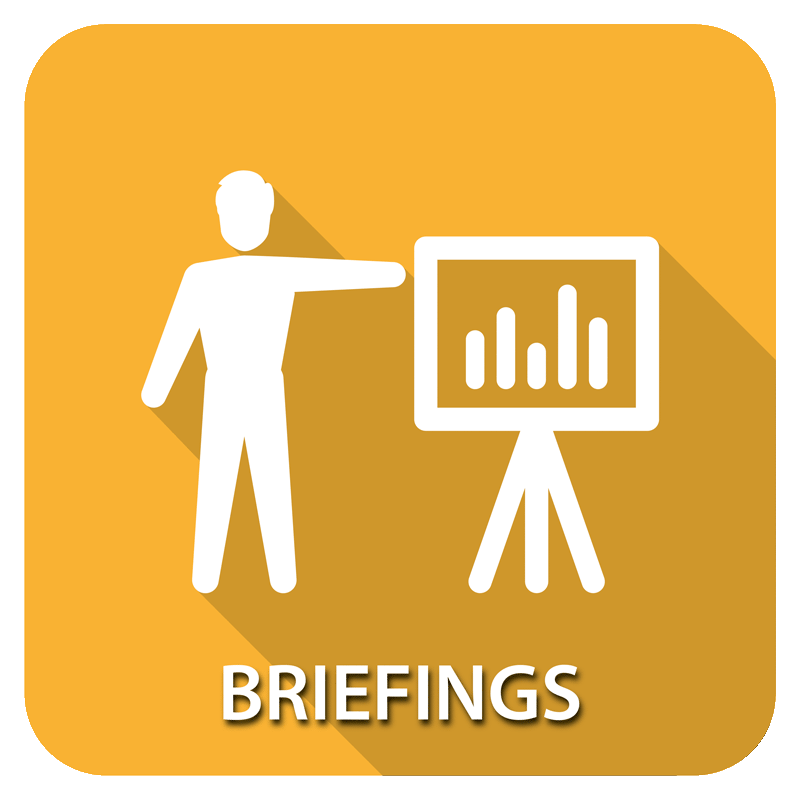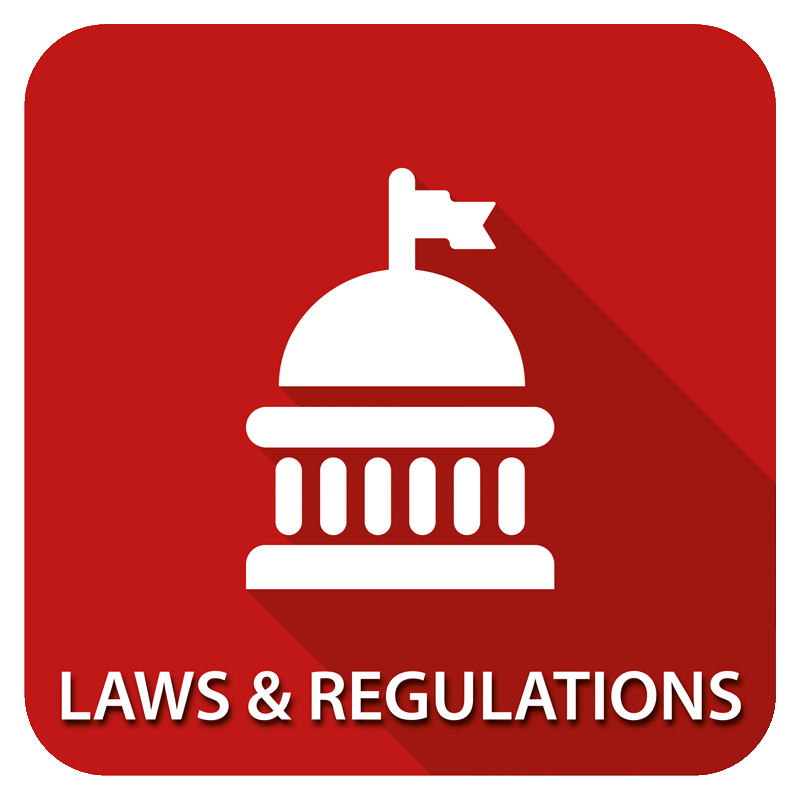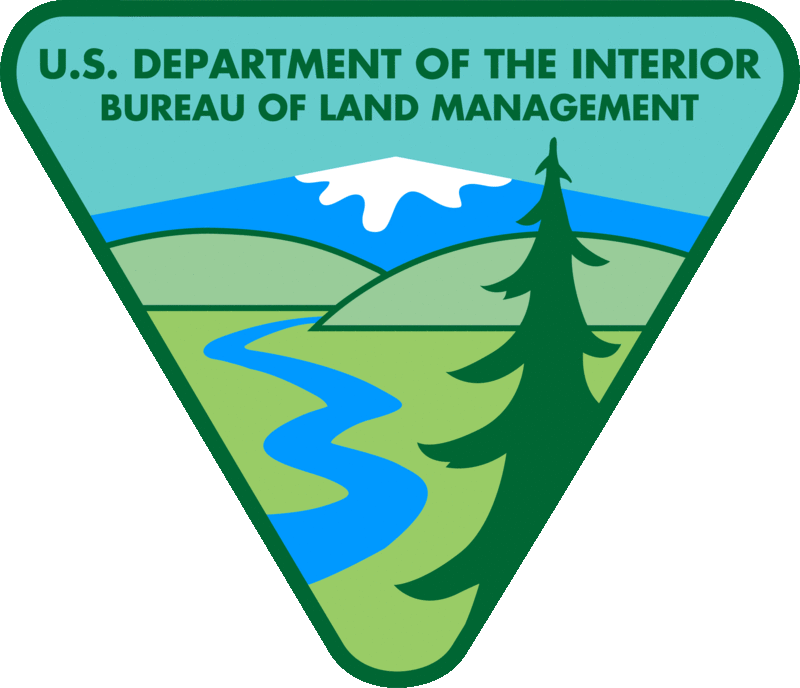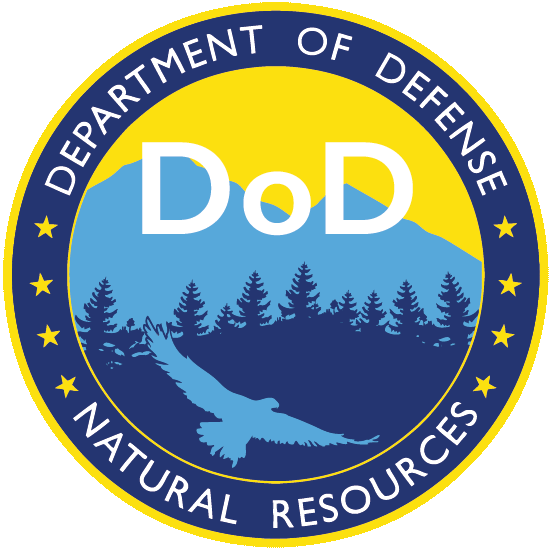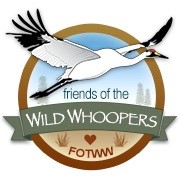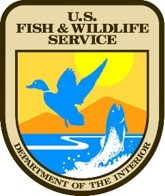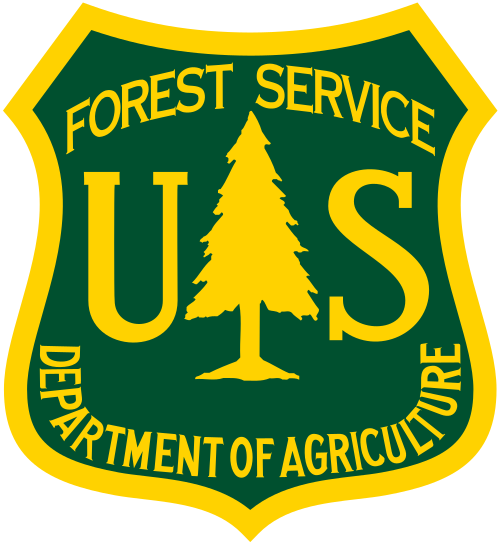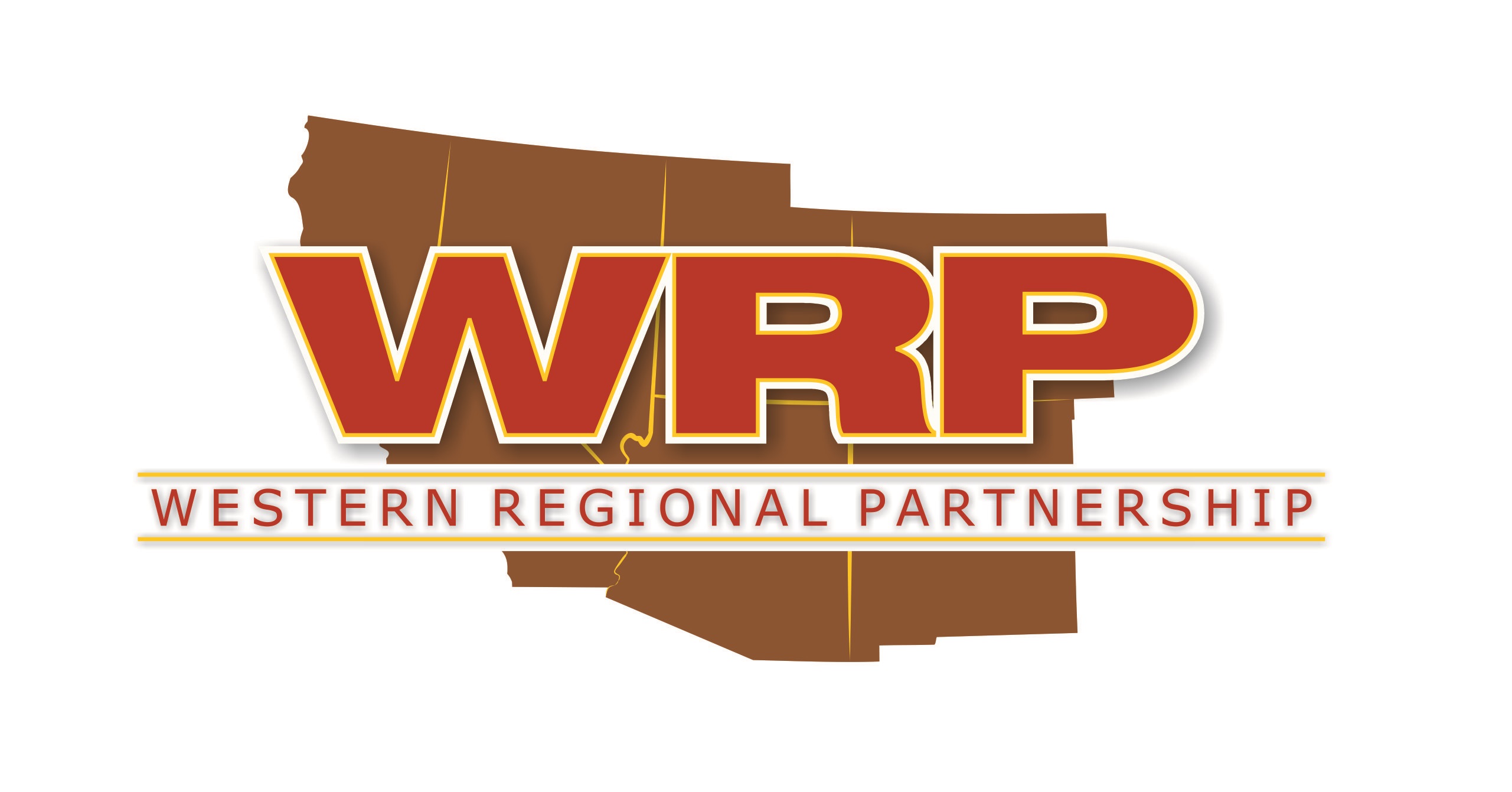What is TEST?
REDUCE costs and impacts. IMPROVE operations and conservation. The TEST is a new initiative within the USACE Dredging Operations and Environmental Research (DOER) Program designed to develop solutions to priority threatened and endangered species issues that will improve operational flexibility, reduce future costs, improve budget planning capabilities, reduce adverse impacts to mission execution, and improve species conservation outcomes (including Recovery).
Why is TEST important?
The execution of USACE missions occurs in a complex environment of TES regulations and statutory compliance requirements. TES conservation concerns currently exist at over 430 projects, for over 300 different species, and the USACE expenditures related to ESA compliance average ~$230 million per year. USACE is ranked second among federal agencies in expenditures related to the ESA, just below the Department of Energy’s Bonneville Power Administration. These costs include coordination with resource agencies, project alternative formulation and evaluation, Biological Assessments and Opinions formulation, project constraints and construction, and operations and maintenance constraints and obligations. In all of these activities, the burden is upon USACE to provide evidence that our actions and methods will not jeopardize TES. In the absence of such evidence, USACE projects are often delayed by extended consultations; additionally, projects incur substantial short and long-term costs.
Latest News
First news item
- USFWS Proposes to List the Eastern Black Rail as Threatened Under the Endangered Species Act (PDF)
Second news item
- USFWS Proposing to Revise the Regulations for Listing Species and Designating Critical Habitat (external link)
Third news item
- Black-capped Vireo removed from Endangered Species Act protection due to recovery (PDF)
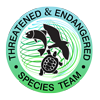

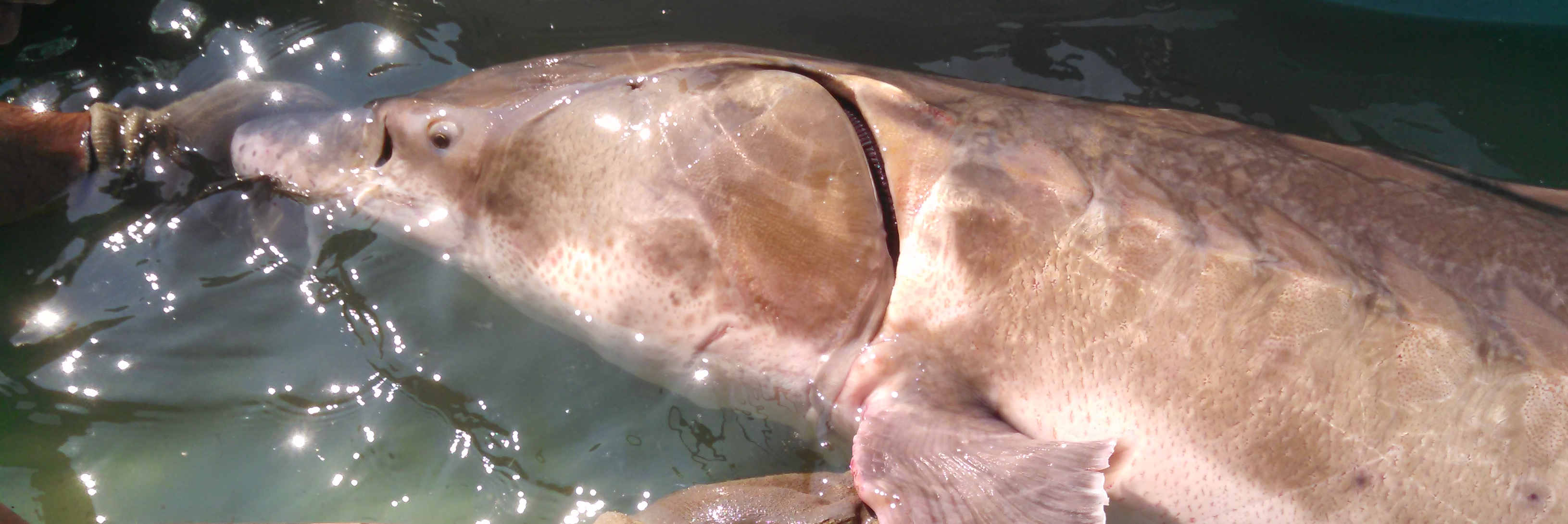



.jpg)
.jpg)
.jpg)
.jpg)
.jpg)
.jpg)
.jpg)
.jpg)
.jpg)
.jpg)
.jpg)
.jpg)
.jpg)
.jpg)
.jpg)

